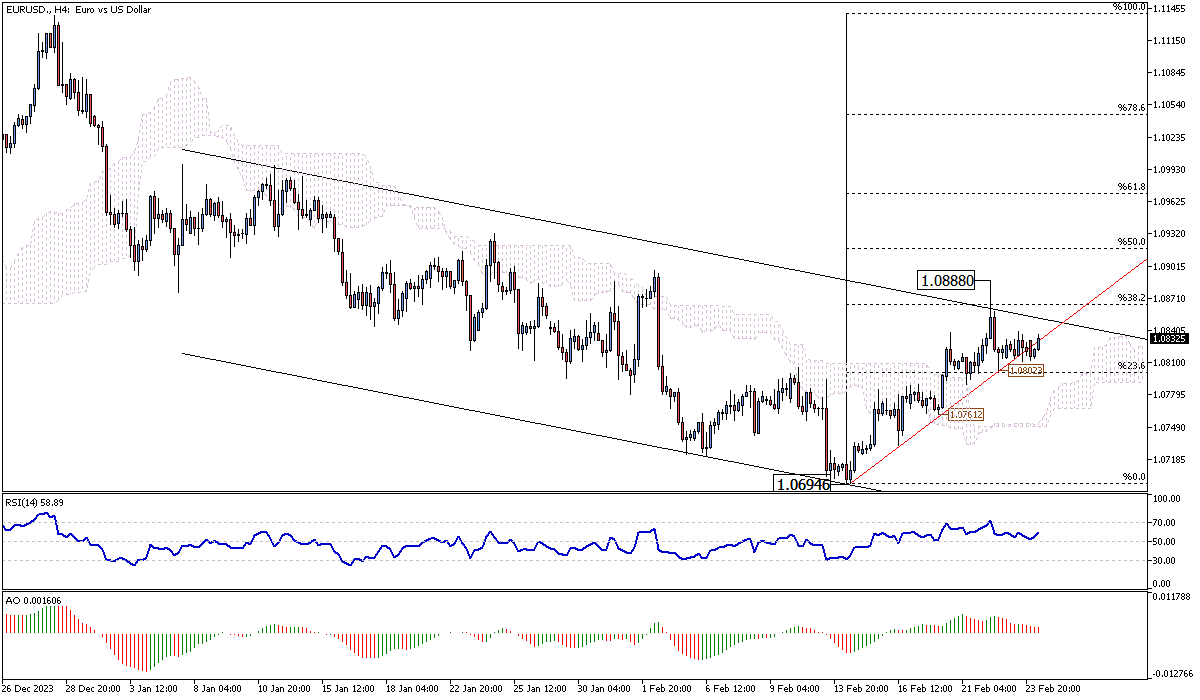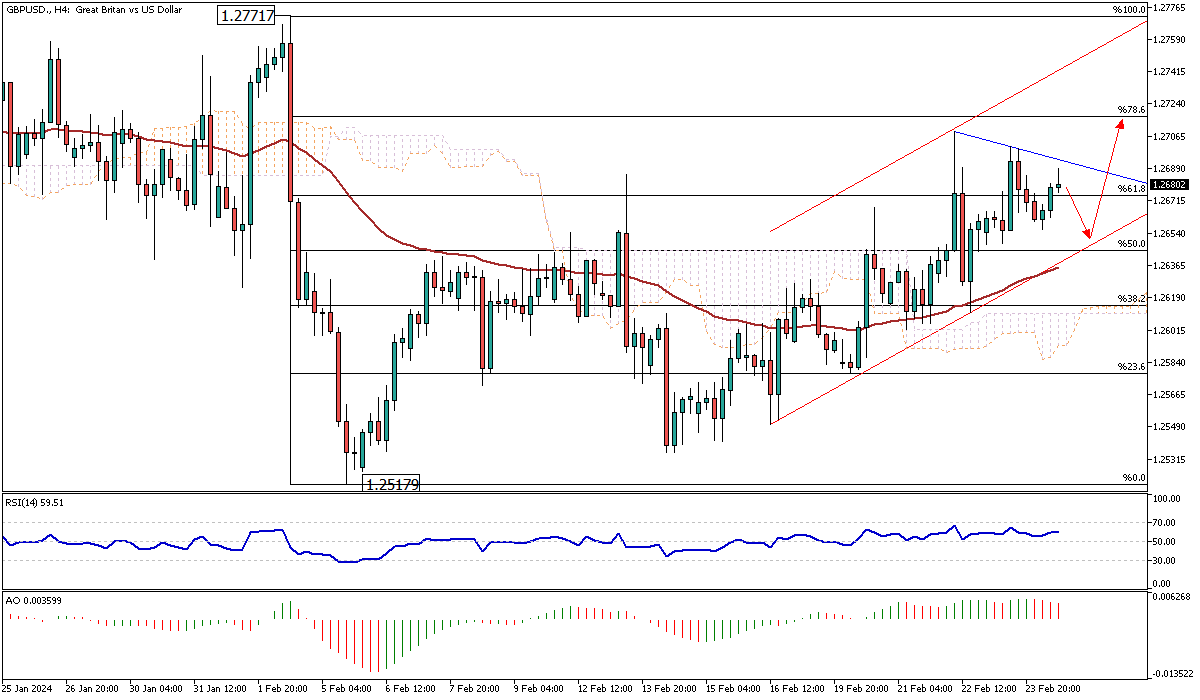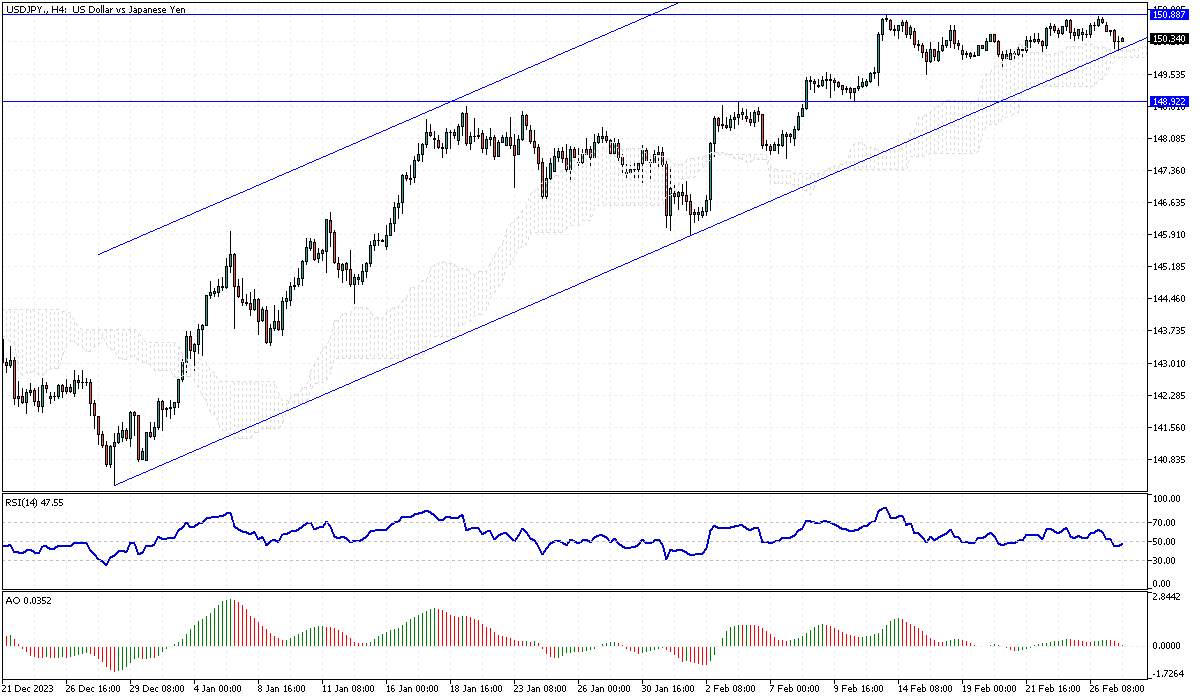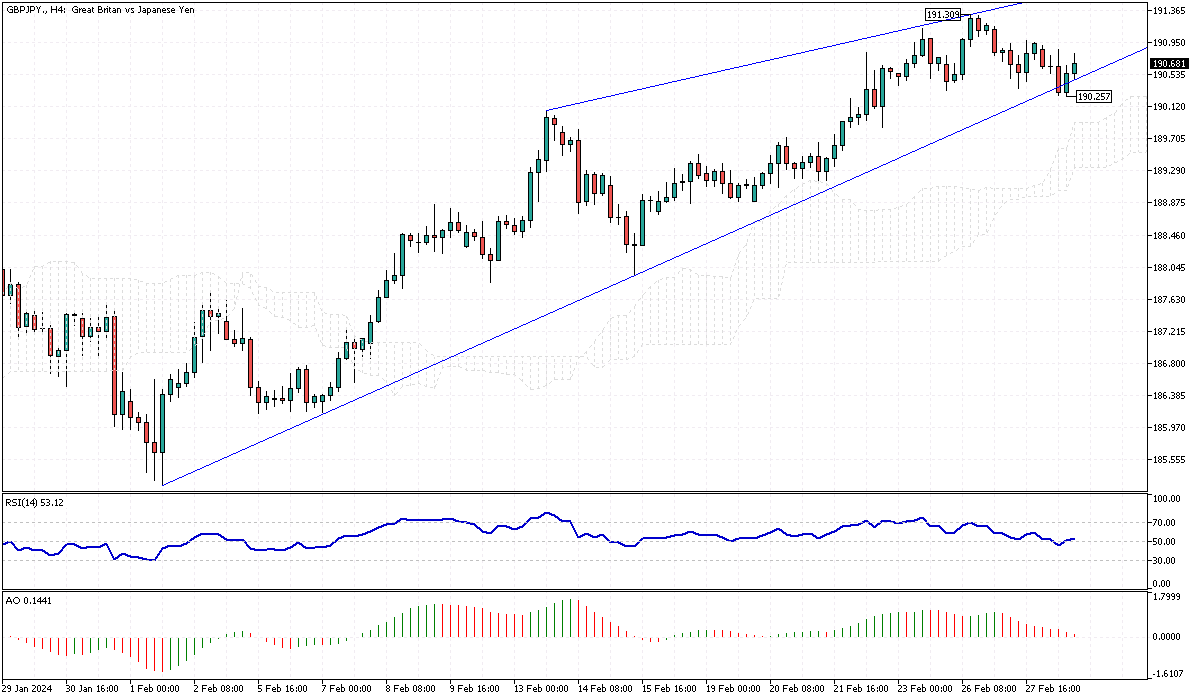Solid ECN
Member
Oil Prices Rise Amid Middle East Tensions, Down 7%

Solid ECN - WTI crude oil prices climbed above $73.5 a barrel on Wednesday, marking a third consecutive session of gains due to concerns over potential supply interruptions in the Middle East. Market analysts believe that the ongoing tensions in the region could lead to fears of supply shortages being factored into oil prices.
Despite the US responding with airstrikes on Iran-supported groups in Iraq, Syria, and Yemen and hinting at more to come, Iran appears to continue its support for these militias with weapons and intelligence. However, oil prices have fallen by about 7% since the end of January, influenced by progress in peace talks between Israel and Hamas, dwindling hopes for immediate cuts in US interest rates, and ongoing worries about China's economic rebound affecting global demand.
Despite the US responding with airstrikes on Iran-supported groups in Iraq, Syria, and Yemen and hinting at more to come, Iran appears to continue its support for these militias with weapons and intelligence. However, oil prices have fallen by about 7% since the end of January, influenced by progress in peace talks between Israel and Hamas, dwindling hopes for immediate cuts in US interest rates, and ongoing worries about China's economic rebound affecting global demand.





















